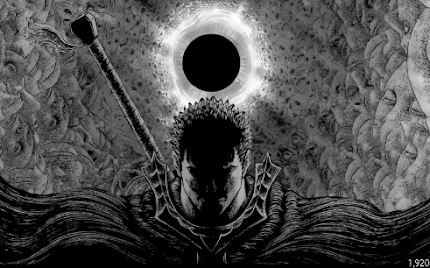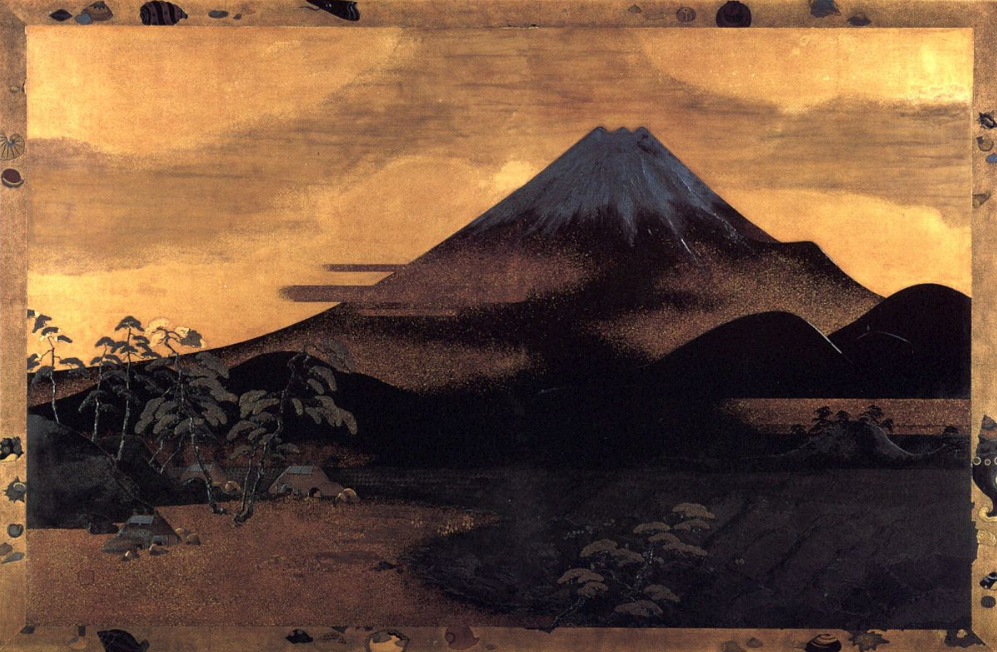Mid Modern Blog
By: Cooper Irinaga
By: Charles Cundell
Created in June 1940
The Withdrawl from Dunkirk was a very big achievement for Britain. Cundell has wonderfully portrayed the circumstances of the battlefield which draws importance to one of the biggest military evacuations ever. A big reason why I selected this work was that it was one of the biggest turning points in World War II, there were many books and movies made after these sequences of events. One of the reasons why this piece relates to the arts of this era is because the background of this place is in the heart of World War II, and this art piece depicted the action involved with this war. The Withdrawl from Dunkirk reflects my chosen topic because it portrays how World War II felt, we witness a lot of emotion in this image and it shows precisely how the British soldiers felt when escaping. There are many elements involved in this piece, a very clear element I see is the color contrast, in the top left corner we see black smoke from a massive explosion and a very clear ocean and sky to the right of the image, this contrast shows the chaos of war compared to peace and freedom to the right. Another key element of this artwork is the planes in the background, the planes show that this battle was fought in many different dimensions, not just an on-foot war which adds to the grand scheme of how this battle was won. An element that makes up this piece very nicely is the perspective of this work, we see a very wide view of this battle, and it feels like the picture is zoomed out to the point where we the viewer can see all sides of this evacuation. The placement is done very nicely, we are at a higher elevation which supports how much is going on in this piece so we can get a full analysis of how this war went down. Seeing this piece of art I feel very astounded by the amount of detail that went into the making of this piece, we can't see the details of the soldier's expressions but I can feel the energy of violence throughout the whole piece.
No 11 Fighter Group's Operations Room, Uxbridge
By: Charles Cundell
Created in: 1943
This painting is extremely special. This artwork is the center of Britain's air defense system, one of the key elements of winning the whole war. No 11 Fighter Group's Operations Room, Uxbridge depicts the communication of Britain air defense leaders discussing strategies against the German Luftwaffe air attacks. This piece relates to the general arts of this era because, in this mid-modern time of artwork, most arts was centered around World War II. The War is heavily reflected in this piece because, within all the bloody murder and destruction, the real decision-making and strategy were within the buildings we see in this image. The setting might not seem like it is reflected in World War II but this room is one of the most important places to the Allied force's victory. Within the image, there are many elements that make up its importance, one element that is very clear is a linear perspective. The whole painting is pointing inward to the center of the piece where the map is, and even every person is seen facing inward towards the map, the map is the most critical part of the buildings. Another element is the lighting, overall the painting is very well lit but the map is the lightest area in the image, this portrays how important communication is within the war. Another element seen in this piece of work is the texture of the people, there aren't any defined expressions on the faces of the people, as well as everyone has the same attire which could mean the communicators were portrayed as machines constantly working with an extreme focus not letting up on the mission at hand.
Liberation and Battle of France: The Fall of the Arsenal at Cherbourg
By: Anthony Gross
Created in: 1944
This painting is a very solid portrayal of an American tank being trained at the center gate of the arsenal, while German soldiers are gathering over the destroyed dike after the French flag had been hosted into the air. I used this piece of art because it clearly relates to other artwork of this era, for example, this piece portrays a military tank in a very dangerous area involved in World War II which is France. Within this piece, there were many elements used to make such a complex image. One very clear element I see is the water coloring, this adds a very cool effect to the painting, the image has a pretty cartoony with a very sporadic composition, adding to that another element I see is the succumbing done with the black lines. The black lines and watercolor composition create a very dreary feel with underlying darkness involved. Another element I see is blending, the black lines consist of people, objects, and details with the background so blending everything together looks very interesting and adds a tone of emotion to the painting. The black lines blend in with the watercolor and background, creating a very unique tone and adding to the detail. The placement done in this artwork is very exceptional, we see the perspective of an American soldier watching his troops liberate France. We can see the German prisoners watching as this happens which adds an emotional effect as well. As we take a deep look into this piece of art I can see how dark war is, the people are depicted as grave showing little emotion, I get sad when I see this image.
By: Anthony Gross
Created in 1942
Anthony Gross was a famous watercolor artist that lived between 1905 and 1984, he was very successful in doing work across the globe. This painting was created in Syria and Egypt, the people portrayed in this image are Arab Legion soldiers. This piece of work relates to the general arts of this age because of the setting of the image and the war structure of its composition, art around this time mainly consisted of the portrayal of war. The work that I have chosen is reflected in Desert Patrol because the Desert War was the main theatre in the North African campaign of WWII. The painting involves many artistic elements that signify the value of this piece, a key element seen in this image is the watercolor style. The watercolor creates a great color gradient of land and sky. Another element in this painting is the detail within the people, the facial expressions of the Arab soldiers are grim which creates dark energy across the whole painting. The lighting used in this image is done in a unique manner, the darkest spots are located in the people, possibly portraying the heat around them and conveying dark emotion within the soldiers. The placement is also done nicely, we get a great view of all the characters and a nice background of casualties and war-like objects, the placement is also done at eye level which conveys a more realistic take on war. After analyzing this watercolor painting I feel a deep sadness that someone would have to live through those conditions of common death and despair, this is not a warming photo by any means.
By: Evelyn Dunbar
Created in 1943
Bailing Hay portrays women practicing a crucial role in food production for the British population, this was so crucial because imported goods were severely compromised. This artwork relates to the general arts of this era because the women within the art are contributing to the war to which the vast majority of art is connected. World War II is deeply reflected within this artwork, the women are bailing hay for animal feed which those animals shall be fed to the British population which will increase stability for the country due to a shortage of food through an increase in tax. In war, there are many layers of hardships seen in soldiers, countries, and the population. Within the artifice, there are many evident elements, one element seen in Bailing Hay is the great spacing involved. From the bottom right to the top left are the figures containing the foreground, midground, and background, this creates a very well-balanced piece. Another key element seen in this piece of work is the texture of the clothing on the women, the texture exudes realism and looks like the fabric is real which adds to the reality of the situation of war going on. The linear perspective is a great touch to Baling Hay, the hay machine looks very real which adds a great addition to the whole image. The placement is done very nicely as well, we get a great view of the foreground, midground, and background is the people, the hay machine, and the mountains balancing the image. I feel a great sense of unity when looking at this painting, I see everyone working together which is empowering and shows how strong a county is when its community and pride stand strong.
Milking Practice with Artificial Udders
By: Evelyn Dunbar
Created in 1940
This piece of art shows women from the war introduced to agricultural practice through the use of contemporary technology. This piece of art relates to the general arts of this era because most art created in this era was deeply connected to World War II, the same as Milking Practice with Artificial Udders. World War II is very much reflected within the work I have selected, this art piece reflects the topic of WWII because within the war there were many technological advances and massive changes to society. We see in the image that the woman is practicing milking cows with fake cows, back then that was very futuristic so there is a very good connection to WWII. Within this piece, there are many great elements that make up such a great piece of art. A clear element seen in Milking Practice with Artificial Udders is the brushstrokes, the brushstrokes create a very weird effect, it is a very surreal situation portrayed with a cartoon vibe. Another key element of this art piece is the color, the biggest contrast from light to dark is seen in the artificial cow milker, the cow milkers are in the middle of the page which signifies the importance of the technological advances of World War II. Another great element of this artwork is the symbolism, we see a log of symbolism in this art piece like how urban life has become a means of agriculture and the natural world.
Sources:
“Withdrawal from Dunkirk, June 1940.” Withdrawal from Dunkirk, June 1940 | Art UK, https://artuk.org/discover/artworks/withdrawal-from-dunkirk-june-1940-173498#
“The Withdrawal from Dunkirk, June 1940.” Imperial War Museums, https://www.iwm.org.uk/collections/item/object/5769
“No. 11 Fighter Group's Operations Room, Uxbridge.” No. 11 Fighter Group's Operations Room, Uxbridge | Art UK,https://artuk.org/discover/artworks/no-11-fighter-groups-operations-room-uxbridge-7318
“No. 11 Group RAF.” Wikipedia, Wikimedia Foundation, 11 Mar. 2023, https://en.wikipedia.org/wiki/No._11_Group_RAF
Tate. “'Liberation and Battle of France: The Fall of the Arsenal at Cherbourg', Anthony Gross, 1944.” Tate, 1 Jan. 1970, https://www.tate.org.uk/art/artworks/gross-liberation-and-battle-of-france-the-fall-of-the-arsenal-at-cherbourg-n05698
(www.communitysites.co.uk), Community Sites. “1905 - 1984: Anthony Gross: War Artists: West End at War.” 1905 - 1984 | Anthony Gross | War Artists | West End at War, 1 Jan. 1AD, http://www.westendatwar.org.uk/page_id__167.aspx?path=0p4p
Tate. “'Desert Patrol', Anthony Gross, 1942.” Tate, 1 Jan. 1970, https://www.tate.org.uk/art/artworks/gross-desert-patrol-n05696
“Baling Hay.” Baling Hay | Art UK, https://artuk.org/discover/artworks/baling-hay-172463
Christopher. Baling Hay (1943), 1 Jan. 1970, https://evelyn-dunbar.blogspot.com/2012/10/baling-hay-1943.html
“Milking Practice with Artificial Udders.” Imperial War Museums, https://www.iwm.org.uk/collections/item/object/8162
Christopher. “Milking Practice with Artificial Udders (1940).” Milking Practice With Artificial Udders (1940), 1 Jan. 1970, https://evelyn-dunbar.blogspot.com/2012/07/milking-with-artificial-udders-1940.html



Comments
Post a Comment